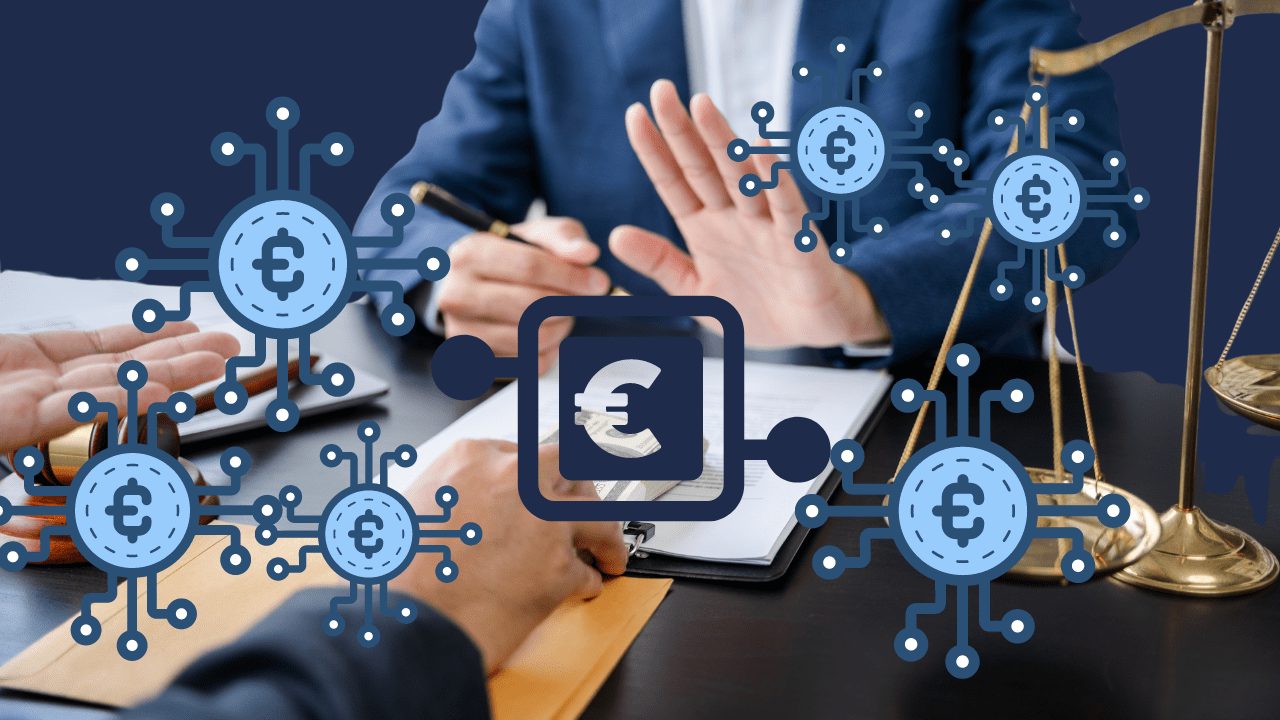The Federal Trade Commission in United States issued a warning that the increasing use of consumers’ biometric information and related technologies, including those powered by machine learning, raises significant consumer privacy and data security concerns and the potential for bias and discrimination.
For a long time, we have been told that fingerprint identification is one of the best forms of identification. It is common to see the advantages of fingerprint identification plastered around the internet, but hard to see the drawbacks.
Biometric information refers to data that depict or describe physical, biological, or behavioral traits, characteristics, or measurements of or relating to an identified or identifiable person’s body.
“In recent years, biometric surveillance has grown more sophisticated and pervasive, posing new threats to privacy and civil rights,” said Samuel Levine, Director of the FTC’s Bureau of Consumer Protection. “Today’s policy statement makes clear that companies must comply with the law regardless of the technology they are using.”
In these policy statement, the Commission said the agency is committed to combatting unfair or deceptive acts and practices related to the collection and use of consumers’ biometric information and the marketing and use of biometric information technologies.
Both fingerprint recognition and Face ID have become virtually ubiquitous in modern smartphones and other electronic devices. The convenience of these biometric authentication methods has transformed the way we interact with our technology. Whether it’s unlocking your phone, making a contactless payment, or accessing sensitive data, biometrics have become an integral part of our digital lives.
The digital footprint we leave behind is not without its shadows. The storage and management of biometric data raise pivotal questions about privacy and security. In the wrong hands, this information could lead to unprecedented breaches and misuse.
In the next section, we will delve to uncover the privacy concerns that have arisen as a result of this biometric revolution.
The permanence of biometric data means that once compromised, it cannot be replaced or reset like a password. This immutability necessitates robust safeguards and transparent policies to protect our digital identities.
As we navigate this terrain, it’s essential to weigh the convenience biometric technology brings against the potential risks to our digital privacy. Engaging in this dialogue, advocating for stringent data protection laws, and practicing informed consent are steps towards a secure and privacy-respecting digital future.
The Privacy Concerns
Studies have tested groups of fingerprint examiners to see if they all make the same identification and the correct identification. The test was set up so that the examiners looked at two pairs of fingerprints and had to decide whether the fingerprints were a match. Five examiners were tested, who on average had 17 years of experience. The examiners could not agree and their decisions did not match each other. The bottom line is if you have multiple examiners examine a set of fingerprints, they may not form a consensus on whether or not the fingerprints match those of the suspect.
This may be due to context bias, which means that an examiner may consider other information told to him or her apart from the fingerprint evidence itself. For instance, if the examiner is told a lot of background details, the examiner may believe the suspect is guilty and that believe could influence the result of the examination.
One of the foremost concerns surrounding biometrics is the potential for data breaches. Unlike passwords that can be changed if compromised, biometric data, such as your fingerprint or facial features, is immutable. Once it falls into the wrong hands, there’s no way to revoke or alter this personal identifier.
In recent years, several high-profile data breaches have exposed biometric data, raising alarms about the vulnerability of these systems. When biometric templates are stored on servers or databases, they become prime targets for hackers seeking to exploit this sensitive information for fraudulent purposes.
Biometric authentication systems, while robust in many aspects, are not immune to vulnerabilities. Research has demonstrated various ways in which fingerprint and facial recognition systems can be fooled or bypassed. For instance, high-quality photos or 3D models of faces have been used to trick Face ID systems, and fingerprint sensors have occasionally been deceived by sophisticated replicas.
Moreover, some biometric systems might be susceptible to errors or biases, leading to the wrongful rejection or acceptance of individuals based on their physical characteristics. These issues raise concerns about fairness, accuracy, and potential discrimination.
The collection and use of biometric data also raise important ethical and legal questions:
- Who has access to your biometric information, and for what purposes?
- Are you giving informed consent when your biometrics are being collected?
- What regulations govern the storage and use of this data?
These ethical and legal considerations vary from one jurisdiction to another, making it essential for individuals to be aware of their rights and the regulations in their region. Violations of privacy or misuse of biometric data can lead to serious consequences for both individuals and organizations.
Hackers can recreate the biometric attributes of those that they want to victimize.
Some popular hackers have successfully recreated biometric information of others, and an example is Jan Krissler. He was able to hack into the biometric identification of the iPhone and access it effortlessly. It was easy for him to recreate the fingerprint of Ursula von der Leyen, then German Minister of Defense. All he had to do was capture the fingerprint of the German minister when she was on TV.
Another example is the Chaos Computer Club. The team members decided to beat the fingerprint feature of a number of iPhones by creating molds of fingers.
#PRVCYTipps
In light of these privacy concerns, it’s crucial to take steps to protect your biometric data and understand the risks associated with its use. The next section will provide insights into safeguarding your biometric information and being mindful of data-sharing permissions.
Protecting Your Biometric Data
Well the only advice I can give you is:
1.Don’t use fingerprint authenthication
2. In devices where there is an option of FingerPrint Reader, lock the sensor and use an sticker on top in case is the on-off buttom.
If there is a higher obligation to use fingerprint biometrics in your devices, here are some steps you can take to protect your biometric data and mitigate privacy risks
Biometric Data Access Control: Check your device’s settings and permissions to control which apps and services have access to your biometric data. Limit access to only trusted and necessary applications.
Review App Permissions: Regularly review the permissions granted to apps on your device. Be cautious about granting access to your biometric data unless it’s essential for the app’s functionality.
Understand Privacy Policies: Familiarize yourself with the privacy policies of apps and services that use your biometric data. Ensure that they have clear policies for data protection and do not share your data without your consent.
Revoke Permissions: If you stop using an app or service, remember to revoke its permissions to access your biometric data. This reduces the potential exposure of your information.
By taking these proactive measures, you might feel like there is a balance between enjoying the convenience of biometric authentication and safeguarding your privacy. However, the honest truth is, as biometric technology continues to evolve, avoiding any form of giving away our data and soul and maintaining a vigilant approach to data protection is paramount.












